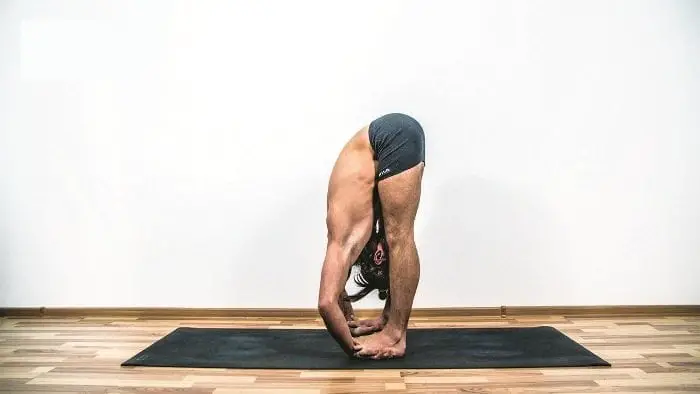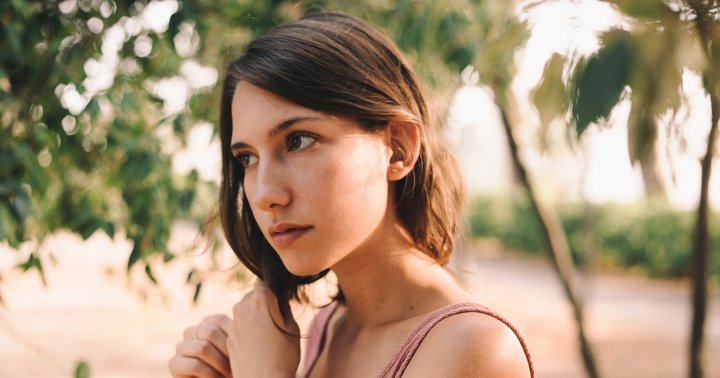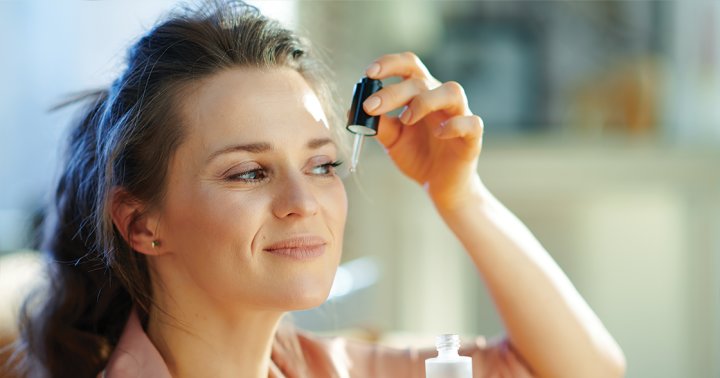Padahastasana (Hand Under Foot Pose) Steps, Precautions and Benefits
‘Padahastasana’ widely known as ‘Hand Under Foot Pose’ is an intense forward bend and falls under the category of inverted yoga postures. It has great health effects on the body. Practicing Padahastasana strengthens the knees and thighs. It gives...

‘Padahastasana’ widely known as ‘Hand Under Foot Pose’ is an intense forward bend and falls under the category of inverted yoga postures. It has great health effects on the body. Practicing Padahastasana strengthens the knees and thighs. It gives a deep stretch to hamstrings, calves, back of thighs and lower back.
Who should not practice Padahastasana?
People with severe back pain, spinal stenosis, high cholesterol, hypertension, or an abdomen hernia must not practice this yoga pose.
Which muscles are stretched in Padahastasana?
Padahastasana is a vigorous stretch of the muscle fibers in the thighs, lower spine, abdominal muscles, hip flexors, and back muscles.
The Sanskrit name ‘Padahastasana’ is derived from 3 words.
Pada = Foot
Hasta = Hand
Asana = Posture

Padahastasana (Hand under foot pose) Steps
Starting Position: Tadasana (Mountain Pose), stand straight with erect spine, legs together, heels and big toes slightly touching each other. Hands to the side of the body.
The weight of the body should neither be on the heels nor on the toes but distributed evenly on both of them. Relax and take deep breaths.
Distance your legs hip-width apart.Inhale and slowly raise your arms upwards. Stretch your body upwards as well.Exhale and slowly bend the trunk forward from your hips till your hands reach your feet.Next, place the palms of your hands under the soles.Elbows remain slightly bent pointing outwards.Loosen up the shoulders and let the arms relax. Take a few slow breaths.Your knees must remain straight. The back ought to be concave not hunched. Bring the forehead between the knees if possible. Relax the back muscles of your neck.Take long and deep breaths. Relax the body. Stay in this position for as long as you feel comfortable.Practice the pose 3 times for 5 breaths gradually increasing the time day by day as your flexibility increases.
Release the pose
To come out of the posture, release the hands out of the feet. Slowly straighten the body keeping the neck down. After that, straighten the head as well. Take a few deep and slow breaths and practice again.
Practice Tips:
Padahastasana must be practiced before or after a backward bending pose such as Bhujangasana (Cobra Pose), Chakrasana (Wheel Pose), Matsyasana (Fish Pose) or Kandharasana (Bridge Pose).While bending forward, move your torso from the hip joints, not the waist. Keep the legs and knees straight throughout the practice.It may take a few days to be able to reach the hands under the feet. Stretch as far as you can comfortably and stay there.Precautions for Padahastasana (Hand under foot pose)
People suffering from severe back pain, high blood pressure, heart problems, knee problems, sciatica or abdominal hernia should not practice this asana.Overstretching might put a lot of stress on your knees, thigh, calf, ankle and may result in a sprain.Don’t force or strain the body. Practice according to your capability and flexibility.Padahastasana (Hand under foot pose) Benefits
Eliminates stress, anxiety and fatigue by energizing the body.Padahastasana improves balance, posture and flexibility.Improves blood circulation especially in the upper part of the body.Beneficial for those who suffer from problems relevant to throat and nasal.Tones and energizes spinal muscles and nerves.Increases concentration and speeds up metabolism.Beneficial for those who suffer from gastric problem, abdominal bloating and indigestion.Digestive organs are toned by practicing this asana, leading to well functioning of spleen and liver.Variations
1. Downward Facing Dog Pose

Adho Mukha Svanasana, also known as Downward Facing Dog Pose, is a standing yoga exercise in which the meditator expands their entire body on all four limbs, much like a dog does.
It works opposite to the applied load on your vertebrae, increasing blood circulation.
2. Wide Legged standing forward bend

Prasarita Padottanasana, or Wide-Legged Standing Forward Stretching, is an excellent warm-up for all forward curves. However, it is a stressful hip opener that requires extending the legs.
Contradictions
It should not be practiced by people with high blood pressure or high cholesterol.This yoga should not be performed if the practitioner has an upset stomach.Those with muscle fractures, dizziness, joint problems, or leg pain should never perform this yoga pose.It is specifically prohibited for anyone suffering from chronic back pain or any other type of vertebral symptom.Stay healthy stay strong and get the best out of life.
Connect with us using the comments section below. If you enjoyed reading this article, take a moment to share it with your friends and family.
Thanks for reading. Visit again.

 UsenB
UsenB 































